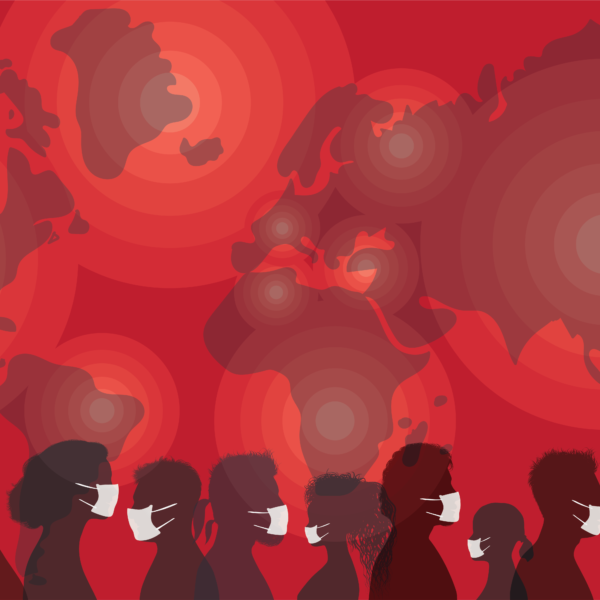Great brands are like great people and when great people know who they are, where they’re going and how to get there, they can contribute to the world in a way that is larger than any one single area of focus. At a certain point, they transcend their specialized field and become something larger than themselves, larger than their community, and larger than their chosen category.
They become Brandscendent™.
Here are some antiviral tips for CMOs that could make a quarantine situation produce some healthy results. (As I sit here gazing out at emptying streets in San Francisco, all my tech clients have notified me they’re going remote for the next two weeks.)
Franchising is a model that allows business owners to grow their businesses and expand the brand. Franchisees buy into a brand that has concept, operations and marketing support. However, franchisees still need to build their own businesses. Successful companies never stop marketing. Consider marketing to be food, not medicine; businesses need ongoing marketing as sustenance, not just a quick burst to cure a problem. Marketing brings in business. So why do so many franchise brands struggle to get franchisees to fully participate in local store marketing?
In today’s complex and disruptive world, few things are as important to a brand’s success than customer experience (CX). But with customers having more choice and even greater expectations for positive experiences than ever before, delivering on it is sometimes easier said than done.
In a recent study by Forbes Insights and The Trade Desk, 42% of CMOs identified customer experience as one of their top three challenges, and 36% said improving customer experience is their primary mandate for 2019. Today’s marketers are faced with fragmented media consumption habits, marketing-savvy consumers, and social and political divides at every turn. So, brands have much to gain by strategically balancing their focus (and budget) between customer acquisition and customer retention.





